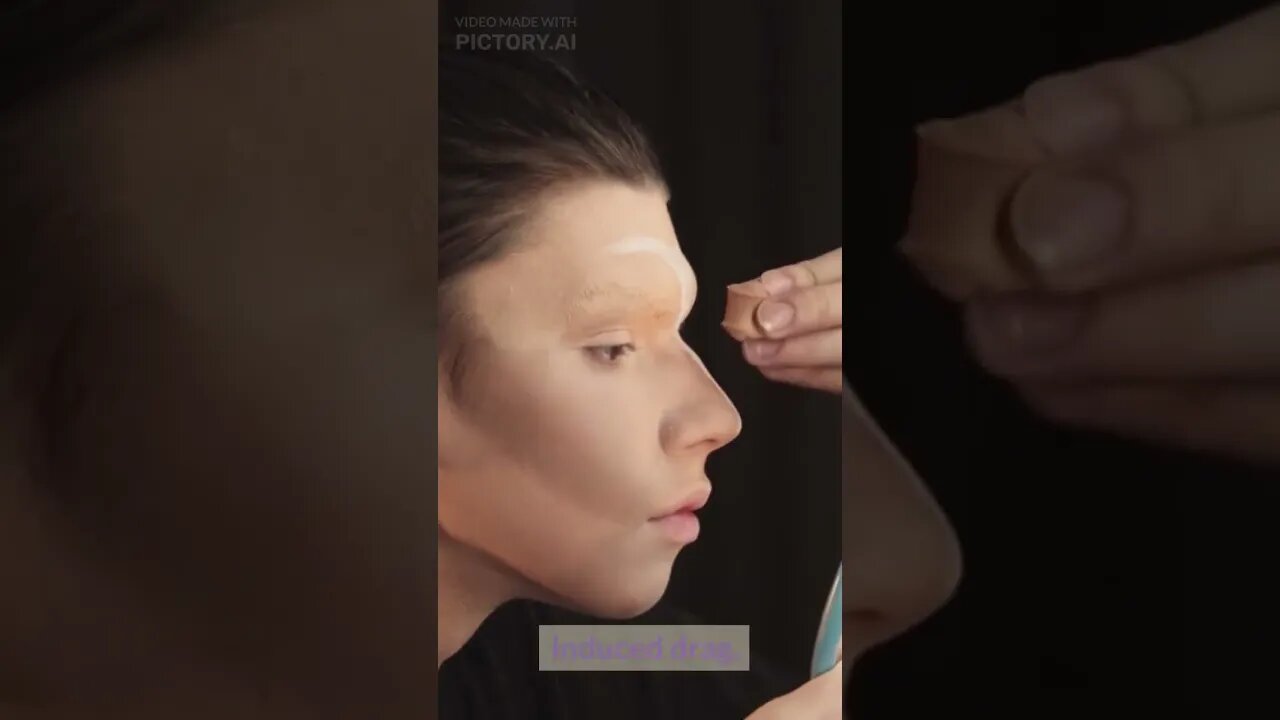Premium Only Content

How do Aeroplanes FLY
Airplanes fly using the principles of aerodynamics. There are four main forces involved in flight: lift, weight (gravity), thrust, and drag.
Lift: Lift is the upward force that counteracts the weight of the airplane. It is generated by the wings as they move through the air. The shape of the wings, known as airfoils, is specially designed to create lift. The wings are curved on the top and flatter on the bottom, which causes air to flow faster over the top, creating lower pressure compared to the bottom. This pressure difference generates lift, pulling the airplane upward.
Weight: Weight, or the force of gravity, is the downward force that the airplane must overcome to stay in the air. The weight of the airplane is counteracted by the lift generated by the wings. By adjusting the angle of the wings (angle of attack) and the speed of the aircraft, the lift can be equal to or greater than the weight, allowing the airplane to stay airborne.
Thrust: Thrust is the forward force that propels the airplane through the air. It is generated by engines, such as jet engines or propellers. The engines produce a high-speed exhaust or a powerful rotating force that pushes the airplane forward. The thrust must be greater than the drag to accelerate the aircraft and maintain flight.
Drag: Drag is the resistance encountered by the airplane as it moves through the air. It is caused by the interaction between the aircraft and the air molecules. There are two main types of drag: parasite drag and induced drag. Parasite drag includes form drag (resulting from the shape of the airplane) and skin friction drag (caused by friction between the air and the aircraft's surface). Induced drag is generated as a byproduct of lift creation. To minimize drag, airplanes are designed with streamlined shapes, smooth surfaces, and efficient wing configurations.
To initiate flight, the airplane gains speed on the runway. As the speed increases, the airflow over the wings generates lift, eventually becoming greater than the weight of the aircraft. Once sufficient lift is generated, the airplane becomes airborne. By adjusting the throttle to control engine thrust, and the control surfaces (ailerons, elevators, and rudder) to control the direction and attitude of the airplane, pilots maintain flight and control the aircraft during various maneuvers.
It's important to note that this is a simplified explanation of how airplanes fly. The actual process involves complex aerodynamic principles and control systems that ensure safe and efficient flight.
-
 1:48:12
1:48:12
Badlands Media
13 hours agoBaseless Conspiracies Ep. 161: The Human Hunting Files
79.7K32 -
 1:56:01
1:56:01
Inverted World Live
6 hours agoHome is Where The Great Pacific Garbage Patch is | Ep. 148
67.6K6 -
 5:32:24
5:32:24
Drew Hernandez
1 day agoTHE CURRENT STATE OF MAGA 2025 W/ GUEST: OWEN SHROYER
37K24 -
 34:21
34:21
Stephen Gardner
8 hours agoThey have NO IDEA what they just UNLEASHED!!
37.3K68 -
 3:08:15
3:08:15
Decoy
7 hours agoFinally
50.7K15 -
 2:55:01
2:55:01
TimcastIRL
8 hours agoTrump Calls Democrat RETARDED, Whistleblower EXPOSES Democrat FRAUD | Timcast IRL
236K68 -
 LIVE
LIVE
Akademiks
7 hours agoMeg Thee Stallion spent $2 mil on lawyers to win $59k vs Milagro! 50 Cent BURIES Diddy. SNAKES HIM!
53.8K2 -
 5:37:32
5:37:32
SpartakusLIVE
8 hours agoI'M BACK from Florida || The RETURN to the Spartan Stronghold
69.8K -
 1:38:45
1:38:45
Joker Effect
6 hours agoWhy is everything so DIFFICULT?! Cuffem, Gypsy Crusader, WVAGABOND is getting SUED?! IDuncle is mad!
39.8K3 -
 54:46
54:46
Flyover Conservatives
1 day agoInside the Kill Zones: Kidnappings, Camps & the War on Nigerian Christians Exposed - Judd Saul | FOC Show
37.3K1